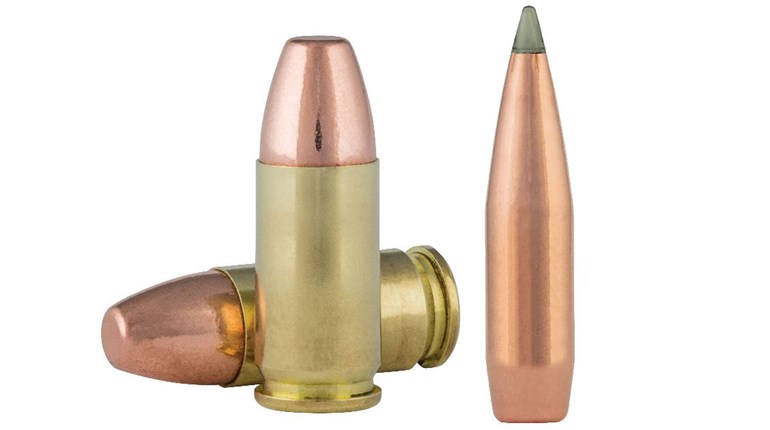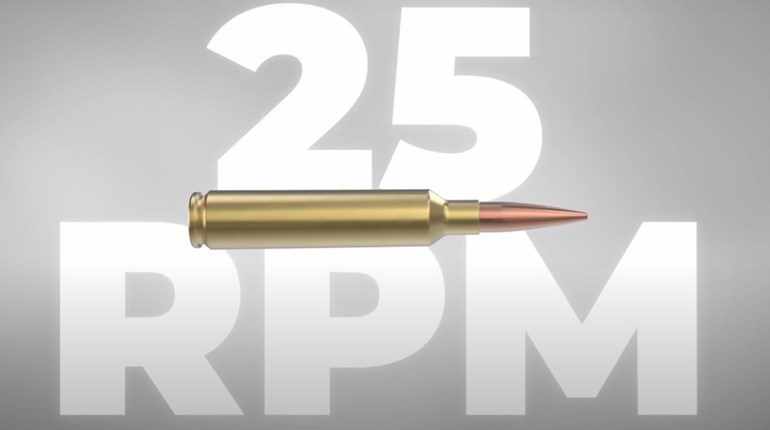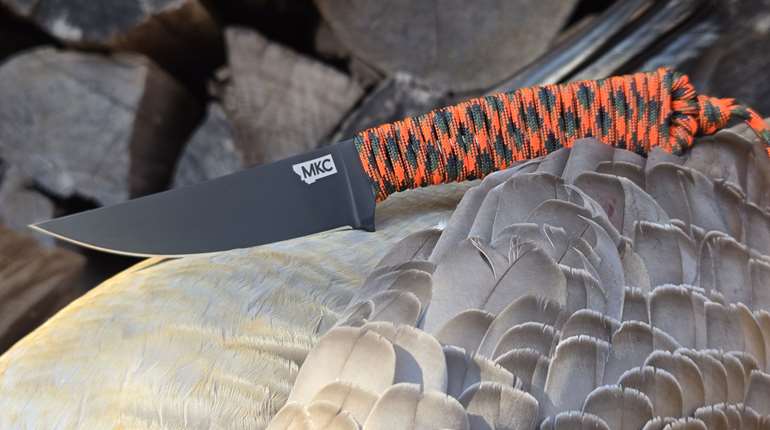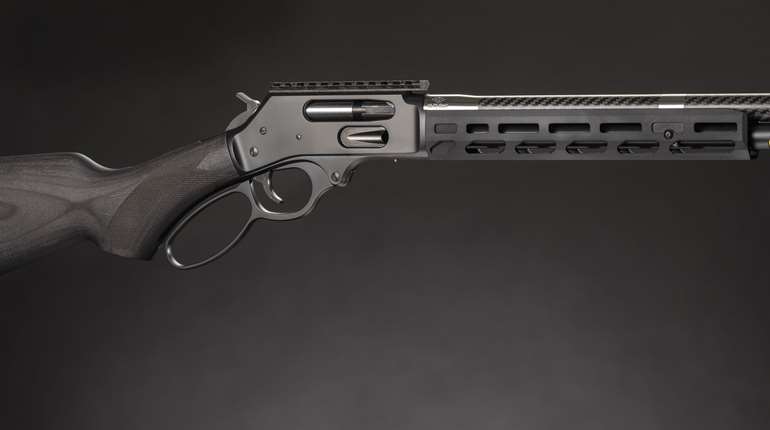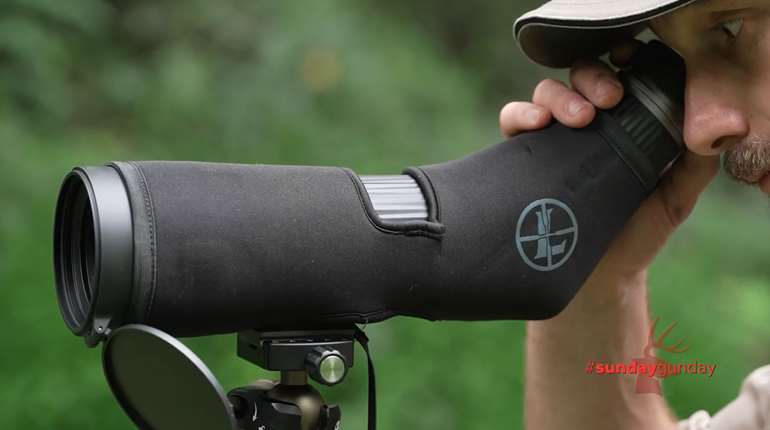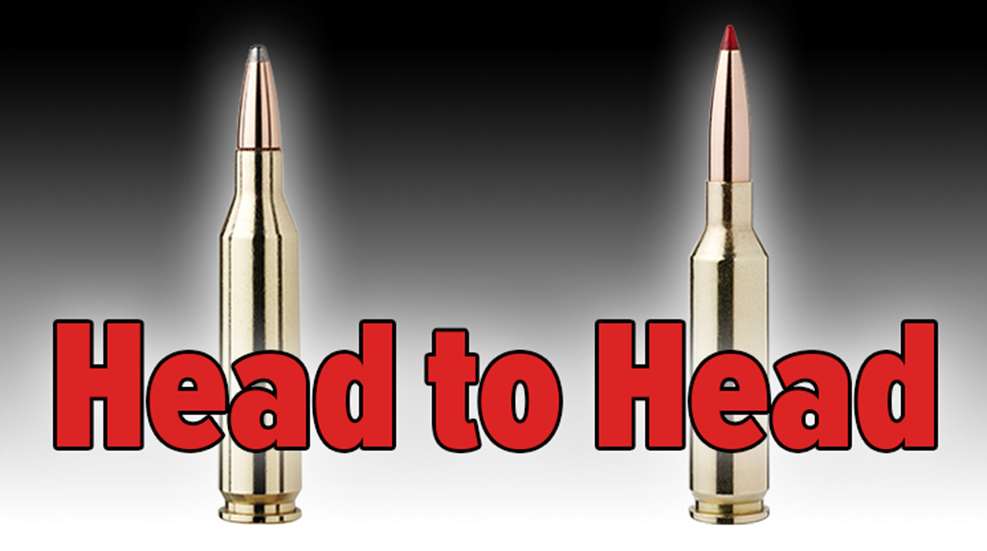
The 6mm bore diameter has long been relied upon for double duty, serving the deer hunter and varmint/predator hunter equally well. There have been military developments, as in the 6mm Lee Navy (father of the .220 Swift), but the post-WWII era saw some very fine designs; 1955 alone saw three important 6mm cartridges. Winchester struck first with the .243 Winchester, followed by the .244 Remington (the .257 Roberts 57mm case necked down) and the .244 Holland & Holland Magnum in the U.K.; all will get the job done and get it done well.
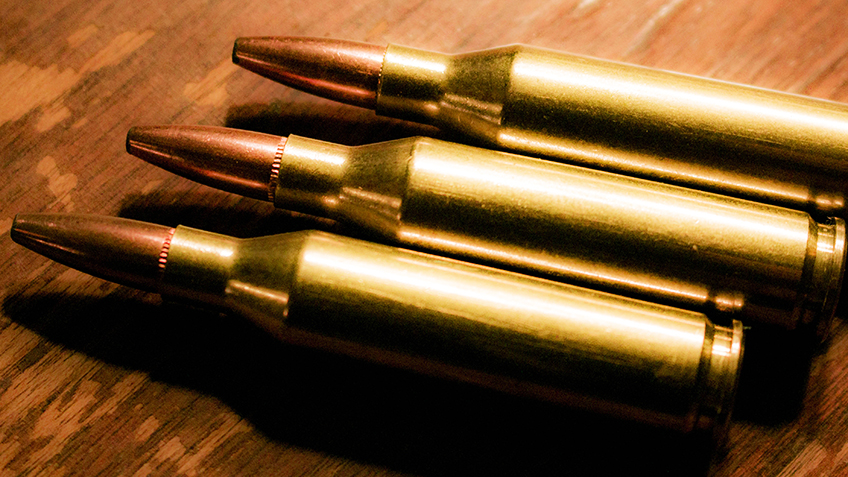
Of the three, the H&H never really had a chance here in the U.S., and the .244 Remington was introduced with a twist rate that prevented it from using the heavier 100- and 105-grain bullets that the .243 Win. was designed for. The word was out, and though the .244’s twist rate was revised just a few years after its introduction and it was renamed the 6mm Remington, the clear advantage that the .243 had and still has is evident in the sales numbers.
There wouldn’t be many more 6mm hunting cartridges added to the lineup until the 21st century; Remington’s 6BR, and the 6mm PPC certainly made a splash in the target world; the .240 Weatherby is certainly a speed demon, and Winchester added the .243 WSSM to the short/stubby lineup. While the latter two designs are viable hunting cartridges, neither of them really challenged the .243 Winchester’s position at the top. The 6mm Creedmoor would come along—almost as a fluke—in 2007, and follow the short case/long bullet trend in cartridge development, but does it have enough to make a hunter deviate from the tried-and-true .243?
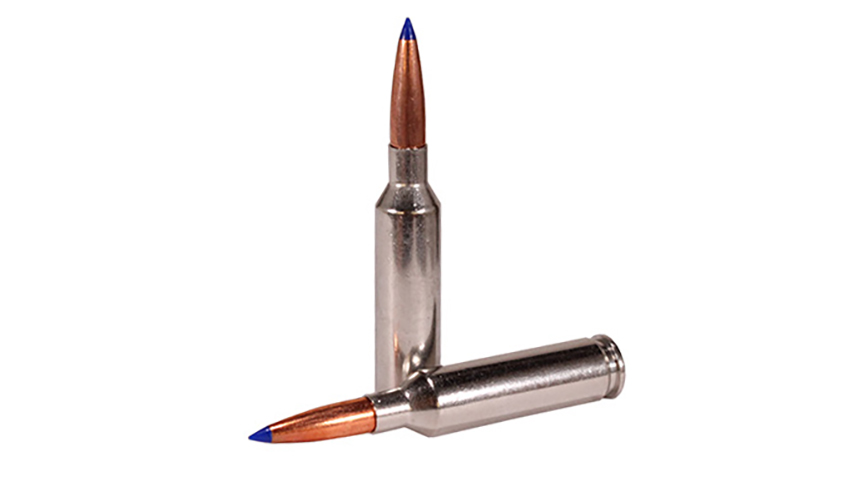
There are good reasons why the .243 remains at the top of the heap; it is nothing more and nothing less than the .308 Winchester necked down to hold .243-inch diameter bullets. The 20-degree shoulder of the parent is maintained, and the 2.045-inch case launches a 100-grain bullet at a muzzle velocity of right around 3000 fps. With a cartridge overall length of 2.71 inches, it fits perfectly in a short-action receiver; the parent .308 Winchester defines the standard short-action receiver length.
Like its father, the .243 Winchester is an efficient cartridge, and will give good velocities without being too hard on barrels. A hunter who has a good .243 will be able to handle the deer species, including mule deer, as there are a good number of premium bullets available in both factory loaded and component form.
The 6mm Creedmoor came to light as a wildcat, but not in the traditional way. My buddy John Snow—now editor of Outdoor Life—was writing an article about the pleasures and pitfalls of developing his own cartridge. Long story short, John built a couple of rifles for the project, with the help of George Gardner of G.A. Precision, wrote the piece on his necked down 6.5 Creedmoor, and moved on. Mr. Gardner was playing with the creation a couple years later, and it proved to be a fantastic choice for the PRS competition; needless to say, it caught on and is now available in factory form. It uses a shorter case than the .243 Winchester—1.920-inch vs. 2.045 inches—allowing for a longer bullet length outside the case in the same length magazine, and maintains the 6.5 Creedmoor’s 30-degree shoulder. Snow has found this extends brass life, as well as giving more room in the shortened case.
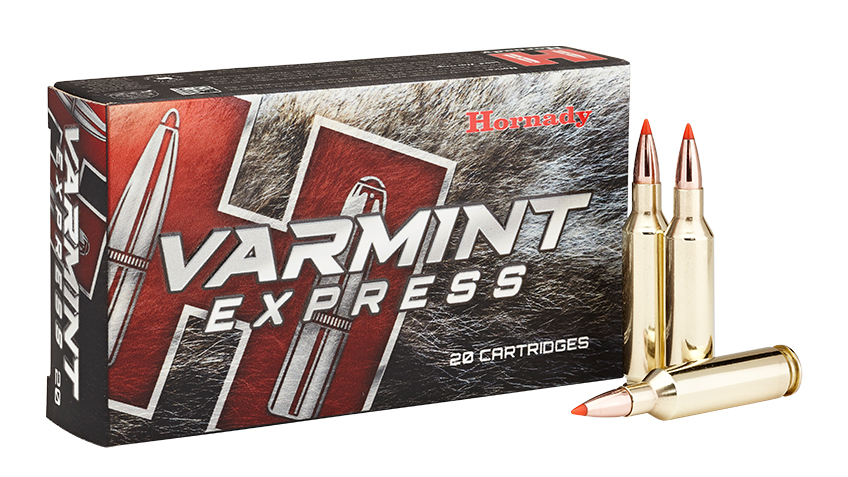
The Hornady Precision Hunter load drives a 103-grain ELD-X to a muzzle velocity of 3050 fps, putting the 6mm Creedmoor essentially on par with the .243 Winchester, but it’s the ability to properly seat the longer bullets with the best ballistic coefficients that gives the 6mm Creedmoor the edge out beyond 500 yards.
So does the 6mm Creedmoor have what it takes to unseat the .243 Winchester, the way the 6.5 Creedmoor pushed the .260 Remington aside? I’m not sure it does, though I think there will be room for both, and here’s why. The target crowd—especially those who are competing in or have an interest in the PRS competitions—will certainly appreciate the down range benefits of those high B.C. 100- to 115-grain bullets, which the .243 case has trouble fitting in a short-action magazine.
The 6mm Creedmoor—in the same fashion of its larger counterpart—fits those bullets very well. Take a look at any good ballistics program—Hornady and Federal both have an easy-to-use program on their websites—and you’ll see the advantage of the better B.C. bullets of the 6mm Creedmoor. Drop and wind deflection are considerably less with the bullets loaded in the 6mm Creedmoor, and therein lies the difference.
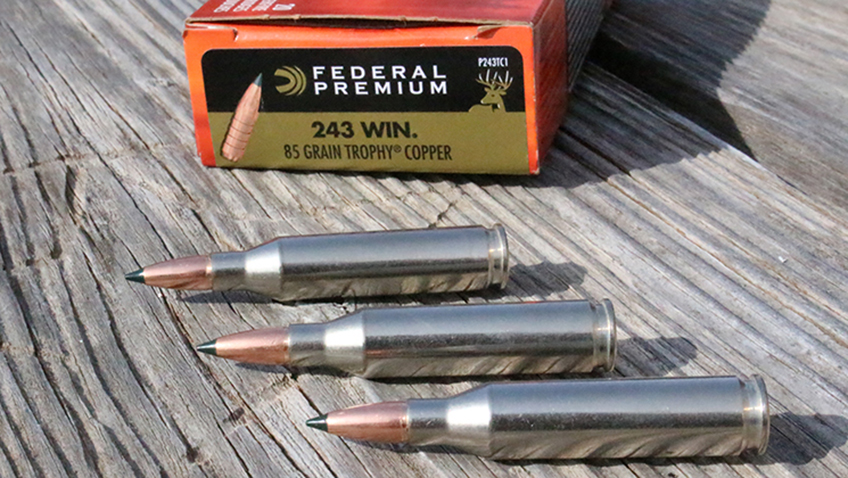
However, having been with us since 1955, the .243 Winchester is a very effective hunting cartridge, especially inside of 500 yards, and when used on game animals of suitable size and build. If the long-range shooting craze hasn’t possessed your soul, but you still want a cartridge that will shoot flat and hit hard, there are no flies on a .243 Win. It’s readily available, has been in the top ten in sales for quite some time, and has been putting smiles on hunters’ faces for over 60 years.
If you want a 6mm rifle that will serve you both in the deer stand and for precision shooting, perhaps the 6mm Creedmoor is for you after all; the factory loading are increasing each year—you’ll find loads from Hornady, Federal, Barnes, Remington and even the new Sierra loaded ammunition—and I think availability and selection won’t be an issue. That said, I feel it will be some time until the .243 Winchester is unseated, especially among hunters.
Looking for previous installments of our "Head to Head" series? Click here.













